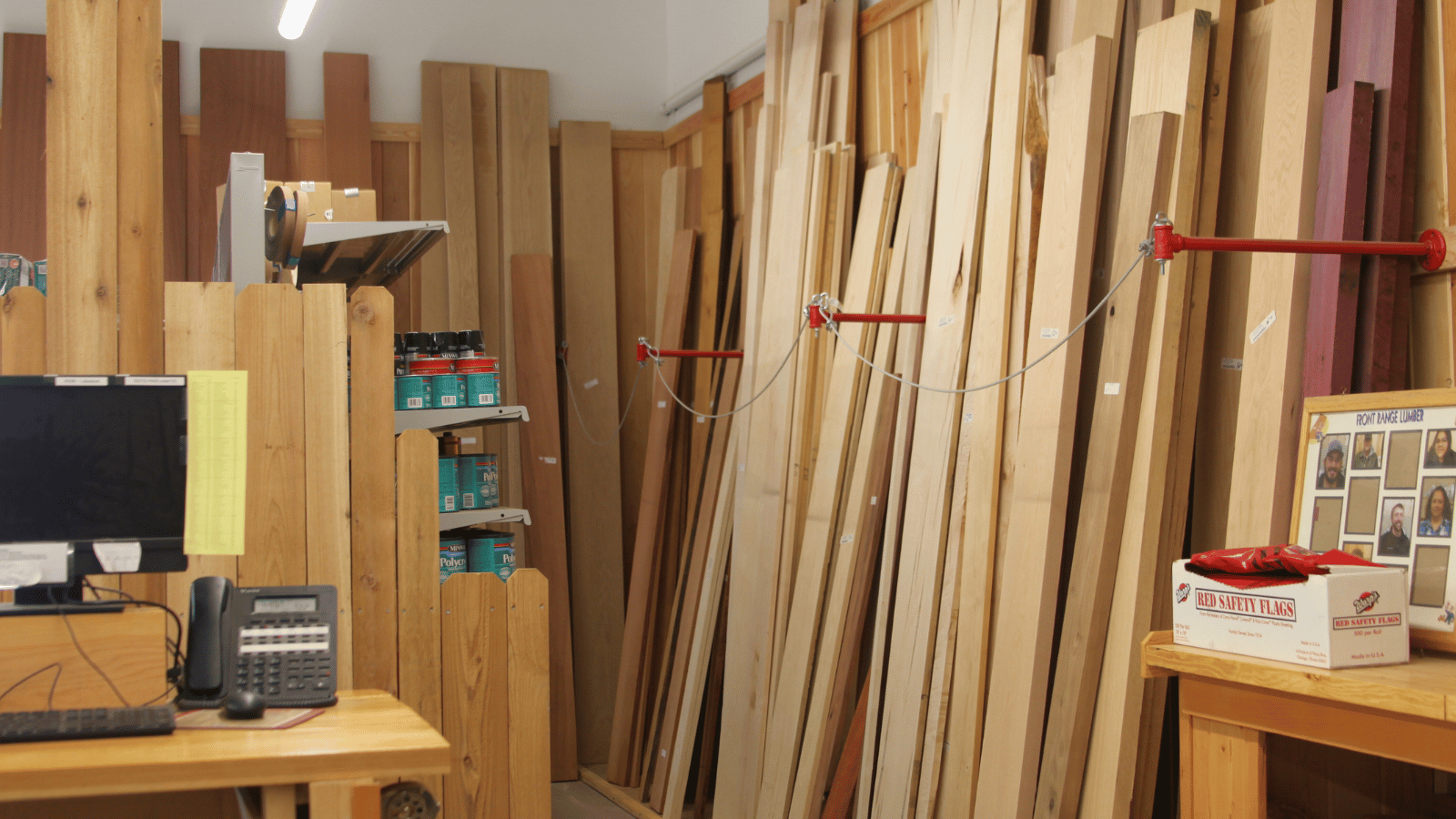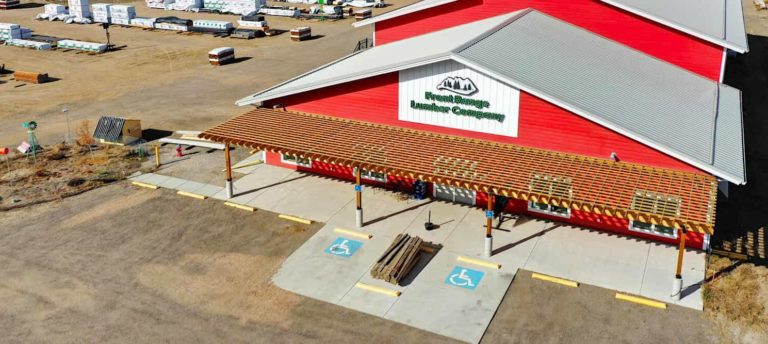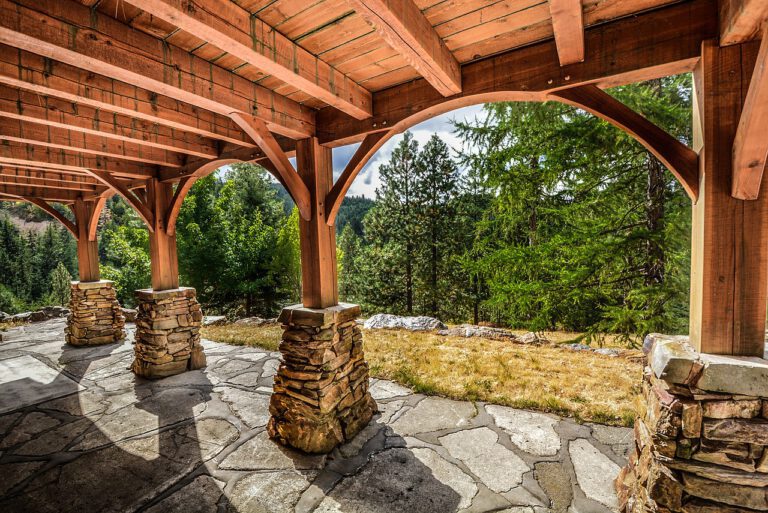The name of the game in the cost of hardwood is yield.
Hardwood is simply a different animal than “plain” (construction or common) lumber like 2×4’s and 1x boards.
Most hardwoods do not come off-the-shelf in convenient readymade sizes like 1×4, 2×6 and so on. A few like oak, poplar, maple, cherry, etc. do – at least in 1x thicknesses. However, most hardwoods come in a random width, random length manner. This means in most cases, finding the board(s) size closest to your needs.
Hardwoods are generally produced into boards to maximize the “yield” from a log.
While this is the method used in all lumber production, minimizing “waste” becomes increasingly important as the value of the type of wood increases. Therefore, the board best suited/closest to your needs may be bigger than your need. For example, you may need a 4” net width by 8’ long board. The closest readily available may be “nominal” 1×6 wide and 10’ long (which is actually 5-1/2” wide).
On the “perfect” 1×6-8 board of ANY type, each additional step of milling creates waste and loss of wood that’s factored into the ultimate cost of each hardwood board. If you get the “entire” board, maybe those extra pieces could be put to good use by you, instead of “falling” on the floor at the mill.
The cost of hardwood – a longer explanation.
The name of the game in the cost of hardwoods is yield. While this is true in all lumber wood products, it’s especially so in hardwoods of all types, because of their higher value. Think about it: if you’re a mill that just paid even $100 for a log, it’s in your best interest to maximize the “yield” from that log to ensure you make money! It’s in the mill’s best interest to get the widest and longest boards possible from any given log. These wide/long boards are the most desirable and command higher prices.
A distinct reality is most (at least domestic) hardwood trees simply don’t grow that tall, equating to very few long boards.
In hardwoods, the amount of production is much less than, for example, 2×4 studs. The mills are generally much smaller and their logs sources are regional in nature. This may mean a certain mill may only deal in a single or just a few types/species of wood.
Hardwoods are generally available in quarter thicknesses.
Hardwood thicknesses for example are 4/4 (nominal 1”), 5/4 (nominal 1-1/4”), etc.
Hardwood in its original form is produced in the rough. These are boards which are nominally 1” or 2”, etc in thickness, literally slices of the log. Ultimately, these will become true 1x or 2x boards. These boards have been milled or processed the least. Therefore, you’re getting the entire board without paying for extensive processing. Certainly, hidden under the rough surface can be a gem or a dud board. You do have total control how and to what measurement these boards are milled to.
The next common stage of production is surfaced. Surfaced boards have been planed to a smooth surface close to normal/usual board thicknesses. In the case of 4/4 – planed down to generally ¾” to 13/16”. While paying for milling (and losing some wood), the advantage here is being able to readily discern board appearance and potential usefulness.
Next up is straight line ripping (SLR). This stage provides one edge which is straight. Therefore, you can flip the board over, place the straight edge against your table saw fence and cut the board to your desired width. You get to keep the scrap – from the un-processed edge. This stage adds to the cost – not only the milling cost, but in producing the straight edge, a scrap was cut off – you paid for the footage of the board but you don’t get that scrap. Those scraps add up, the number we hear and experience is approximately 11% of the footage is lost in this milling step. This makes sense as boards are slices of a log that is irregular in shape – at the least a log tapers as the tree trunk tapers upward.
The final(?) milling step is s4s – surfaced four sides. This process provides you with a “perfectly” sized board – boards in sizes you’re familiar with: 1×4, 2×8, etc. Again, you lose wood to arrive at these perfect boards – we use a number of around ANOTHER 19% loss.
Of course you can request boards to your exact needs. This is the MOST expensive way to go as you’re paying for all the work and all the “extra” wood lost in order to get your exact board. For example, if you need a board exactly 1-1/2” x 3” – maybe the closest available board to your need was 5” wide, you’ll pay for the 2” wide piece you’re not getting to get the 3” wide piece you are!
Regardless of the thickness and width issues, available lengths also play into the same wood math equation. If only 8’ boards are available and you need six footers, you’ll pay for the 8’ piece. In addition, to maximize yield, the mill may produce boards of any length – including odd lengths: 7’, 9’, etc.
The cost of hardwood can add up quickly.
All these details are more important in cost of hardwood as the per foot pricing is a MULTIPLE of common or framing lumber.
We stock at least a few boards in over 20 hardwood species!
Both our Fort Lupton and Lakewood lumberyard has hardwood in stock. Find out even more about hardwood and what we stock: https://www.frlco.com/product-info/hardwoods/





